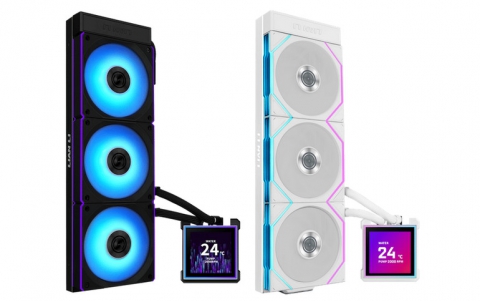
Samsung Third Quarter Profit Drops Amid Note 7 Phone Fiasco
Samsung Electronics reported a 17 percent slump in third-quarter profit after the demise of its fire-prone Note 7 line threw the world’s largest smartphone maker into disarray. Reports about battery fires and explosions forced Samsung to kill its most profitable model this month, punctuating its worst corporate crisis to date. Net income fell to 4.41 trillion won ($3.9 billion) in the September quarter as the company dealt with a debacle that may ultimately cost more than $6 billion.
While the crisis has cast a pall over the smartphone division, the display and chip businesses -- which supply screens and memory to TV makers and rival phone brands -- have held up well.
Overall, Samsung’s revenue for the third quarter was KRW 47.82 trillion, a decrease of KRW 3.87 trillion YOY, while operating profit for the quarter was KRW 5.20 trillion, a decrease of KRW 2.19 trillion YOY.
For its components businesses, operating profit increased QOQ due to expanded sales of high-end products, such as SSDs and flexible OLED panels, but decreased marginally YOY due to a price correction for DRAM during the first half of 2016.
The earnings of Samsung's IT & Mobile Communications Division declined due to the Galaxy Note7 discontinuation. However, the Consumer Electronics Division achieved solid earnings growth YOY driven by strong sales of SUHD TVs and premium home appliances.
Looking ahead to the fourth quarter, Samsung expects earnings to improve YOY driven by strong performance in the components business. The mobile business expects a recovery in its earnings to a similar level with that of the fourth quarter of 2015, led by solid sales of the Galaxy S7 and S7 edge. Samsung expects to adopt a new design for the S8 model early next year, while the Note series will be replaced with foldable devices.
For the semiconductor business in the fourth quarter, the company expects earnings to improve YOY due to increased sales of V-NAND based SSD. Earnings for the display business are projected to improve YOY due to recovery in LCD, amid declines in flexible OLED panel shipments QOQ resulting from the discontinuation of the Galaxy Note7.
Looking to 2017, the company will focus on achieving solid earnings growth through normalization of the mobile business while improving earnings for the components businesses through expansion of V-NAND and OLED panels.
Regarding the memory business, Samsung expects earnings in NAND to increase significantly, led by the supply expansion of the highly profitable V-NAND. It also expects to strengthen its technological leadership by expanding 64 layer V-NAND and 1Xnm DRAM.
In the System LSI business, the company will aim to sustain growth momentum by expanding leadership in 10-nanometer process technology.
For the OLED business, the company expects to achieve significant earnings improvement YOY, by expanding the supply of high-end flexible OLED panels.
For the Consumer Electronics business, the company will look to further solidify its leadership in the premium TV market based on Quantum Dot technology and improve earnings in home appliances by expanding sales of premium products and strengthening its B2B business.
Samsung is focusing on investments on OLED and V-NAND with significant demand increase expected in OLED in 2017 as well as solid demand growth in V-NAND.
Oh-Hyun Kwon, Samsung's Chairman of the Board of Directors, said during a meeting with investors: "This year, Samsung Electronics is entering a new stage of growth thanks to the unparalleled competitiveness of the component products, including V-NAND and OLED, and as the Company works toward reinvigorating its mobile business."
Samsung will also spin off the Printing Business Unit into a separate company as of November 1 and sell 100 percent stake of the newly created company and overseas assets related to the business to HP Inc.





















